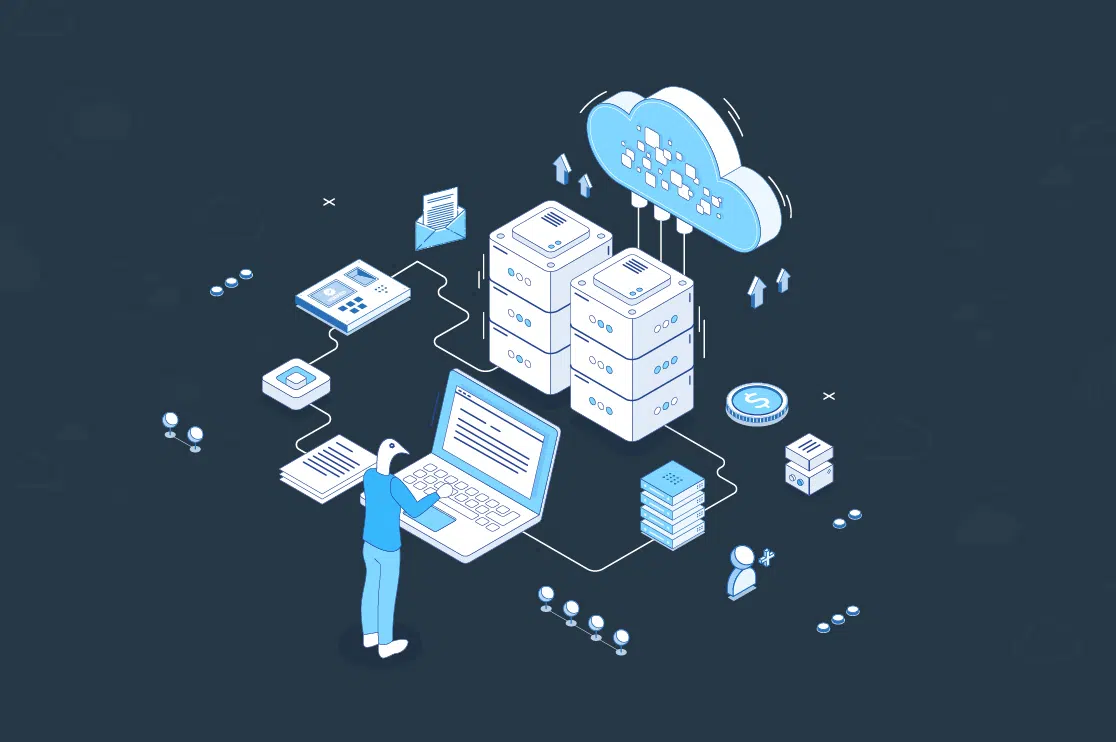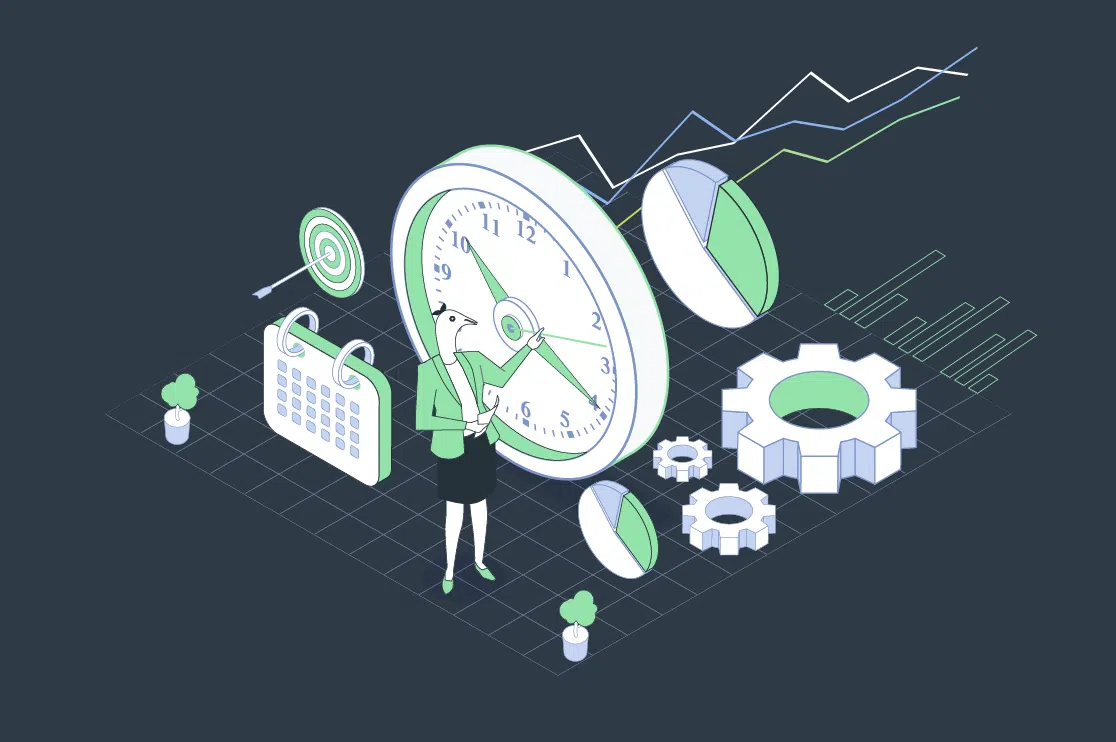It is the 80s. MTV is still alive. On a busy Monday morning, you rush to your bank because you need funds for that startup you’ve dreamt of all along. Greeted by a long queue, you start filling out some forms. The manager is having a sales meeting, shouting at his team members for not meeting their monthly targets.
Sounds messy, doesn’t it? Well, this used to be a typical day at the bank some decades ago. Not anymore. With the proliferation of new-age technologies in banking and finance, the scheme of things has taken a 360-degree turn. Data analytics in banking has brought about much of that change. Let’s find out how.
We’ll also try to learn the challenges that lie before it and what the future holds for this industry. The different types of data analytics help data analysis in many ways.
Table of Contents:
What is data analytics in banking?
The banking and finance industry has made significant leaps in examining huge chunks of data it receives every day.
Transforming itself into a modern-day data-driven machine from what used to be a traditional brick-and-mortar setup, banking, and finance have come a long way.
Data analytics in banking or data analytics in financial services refers to the scientific analysis of financial data to enable enterprise profits by making better and improved decisions. It also includes evaluating past trends and determining future ones.
Why do banks and financial institutions need financial data analytics in the first place?
Banking and finance have undergone a metamorphosis, so to speak. While the traditional techniques restricted themselves to customer interaction and paperwork, modern financial institutions are all about “boarding the digital transformation bus.”
This has created a data deluge that can only be tackled with advanced financial data analytics methods. Banks and financial institutions need data analytics for a host of reasons.
Some of them include predicting customer behavior, managing portfolios, identifying target customers, cross-selling activities, etc.
What are the challenges before banking analytics?
Banking analytics faces several challenges, including:
-
Outdated Legacy Systems
Banking and finance are replete with outdated legacy systems. When it comes to big data, these legacy systems are major roadblocks since they cannot handle the processing of such large data chunks.
-
Data Quality and Integration
Banks deal with vast amounts of data from various sources, and ensuring its accuracy, completeness, and integration can be challenging.
-
Regulatory Compliance and Efficient Auditing
Banks must comply with stringent regulatory requirements, which can complicate data analysis and reporting processes. This poses a greater challenge.
-
Data Privacy and Security
Protecting sensitive customer information is paramount, and robust data security measures are required to prevent data breaches.
-
Acquiring and Retaining Talent
Recruiting and retaining skilled analysts, data scientists, and IT professionals with expertise in banking analytics can be a challenge.
Recommended Reading:
How does the future look for data analytics in banking?
The future is promising. Here are some possibilities;
-
Advanced Predictive Analytics
Banks are going to leverage predictive analytics and machine learning algorithms to anticipate customer needs, detect fraud, and personalize offerings. Data analytics tools will play a greater role in this.
-
Real-time Analytics
With the proliferation of IoT devices and faster processing technologies, real-time analytics will become more prevalent, enabling banks to make instant decisions and provide personalized experiences. Enterprise business intelligence will also play a greater role.
-
AI-driven Customer Insights
Artificial Intelligence will play a significant role in extracting actionable insights from vast amounts of customer data, helping banks more accurately understand behaviors, preferences, and sentiments.
-
Enhanced Risk Management
Banks will utilize advanced analytics to better assess and mitigate risks, including credit, market, and operational risks, leading to more robust risk management frameworks.
-
Regulatory Compliance and Fraud Detection
Data analytics will continue to aid banks in meeting regulatory requirements and combating financial crimes through enhanced fraud detection and compliance monitoring.
-
Data Monetization
Banks will, in the future, explore new ways to monetize their data assets by offering data-driven services and insights to customers, partners, and third-party developers.
-
Usage of Blockchain
Blockchain is going to play a major role in enhancing data security, transparency and efficiency in business intelligence and banking analytics, particularly in areas like identity verification and transaction processing.
Why partner with us?
Banking analytics stands at the forefront of innovation, revolutionizing the way financial institutions understand their customers, manage risks and drive business growth.
As big data continues to grow even bigger and technology advances, the future of banking analytics holds immense promise.
As we journey forward, collaboration between data scientists, banking professionals, and regulatory authorities will be essential to navigate the challenges and unlock the full potential of banking analytics in shaping the future of finance.
At BluEnt, we revolutionize the way financial institutions handle and interpret their data. Our services and solutions are designed in a way that helps clients get maximum value out of their data.
Our service offerings include big data analytics & insights, data science, big data implementation, enterprise data management, and predictive analytics.
Want to understand more about big data in banking? Contact BluEnt and our data experts will gladly help you navigate through the issues and make the most out of the opportunities that data analytics in banking offers.













 How Financial and Accounting Services by BluEnt Drive Business Growth in the Digital Era?
How Financial and Accounting Services by BluEnt Drive Business Growth in the Digital Era?  Secure Gift Cards: Top Tips and Strategies’ to Safeguard Personal Information
Secure Gift Cards: Top Tips and Strategies’ to Safeguard Personal Information  Cloud Data Engineering: Infrastructure and the Road Ahead
Cloud Data Engineering: Infrastructure and the Road Ahead  Real Time Analytics: Facets, Insights, and Use Cases
Real Time Analytics: Facets, Insights, and Use Cases 
